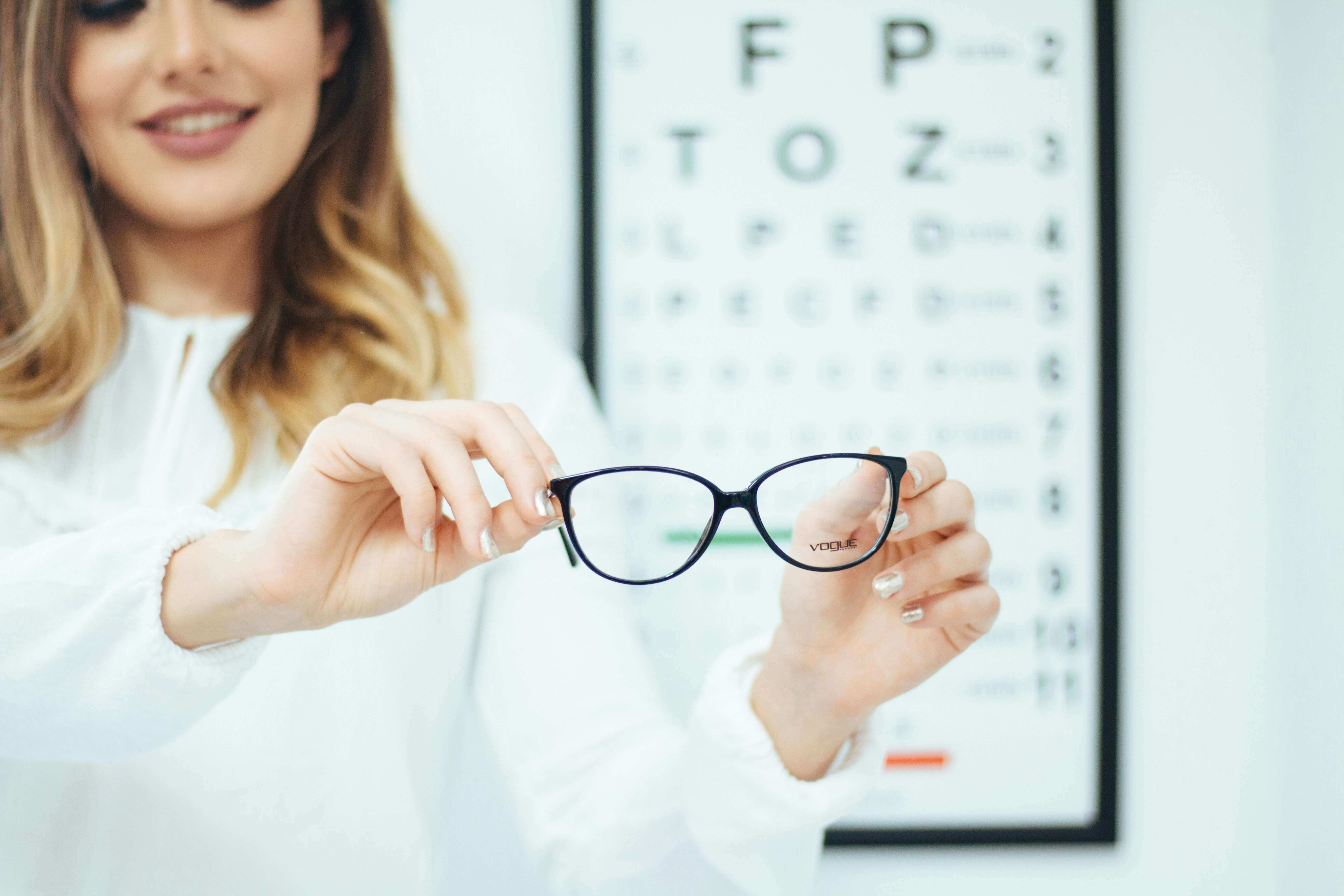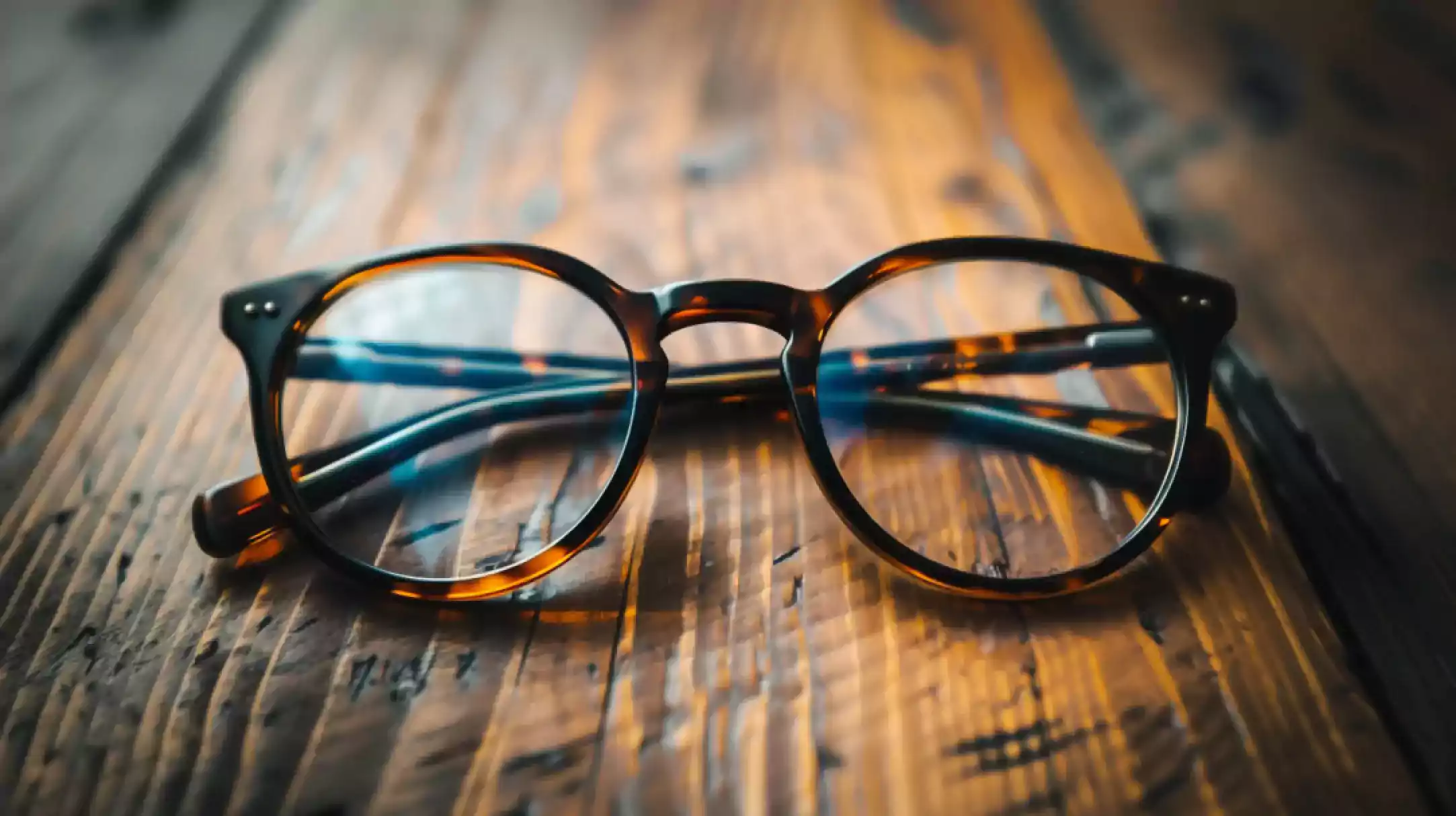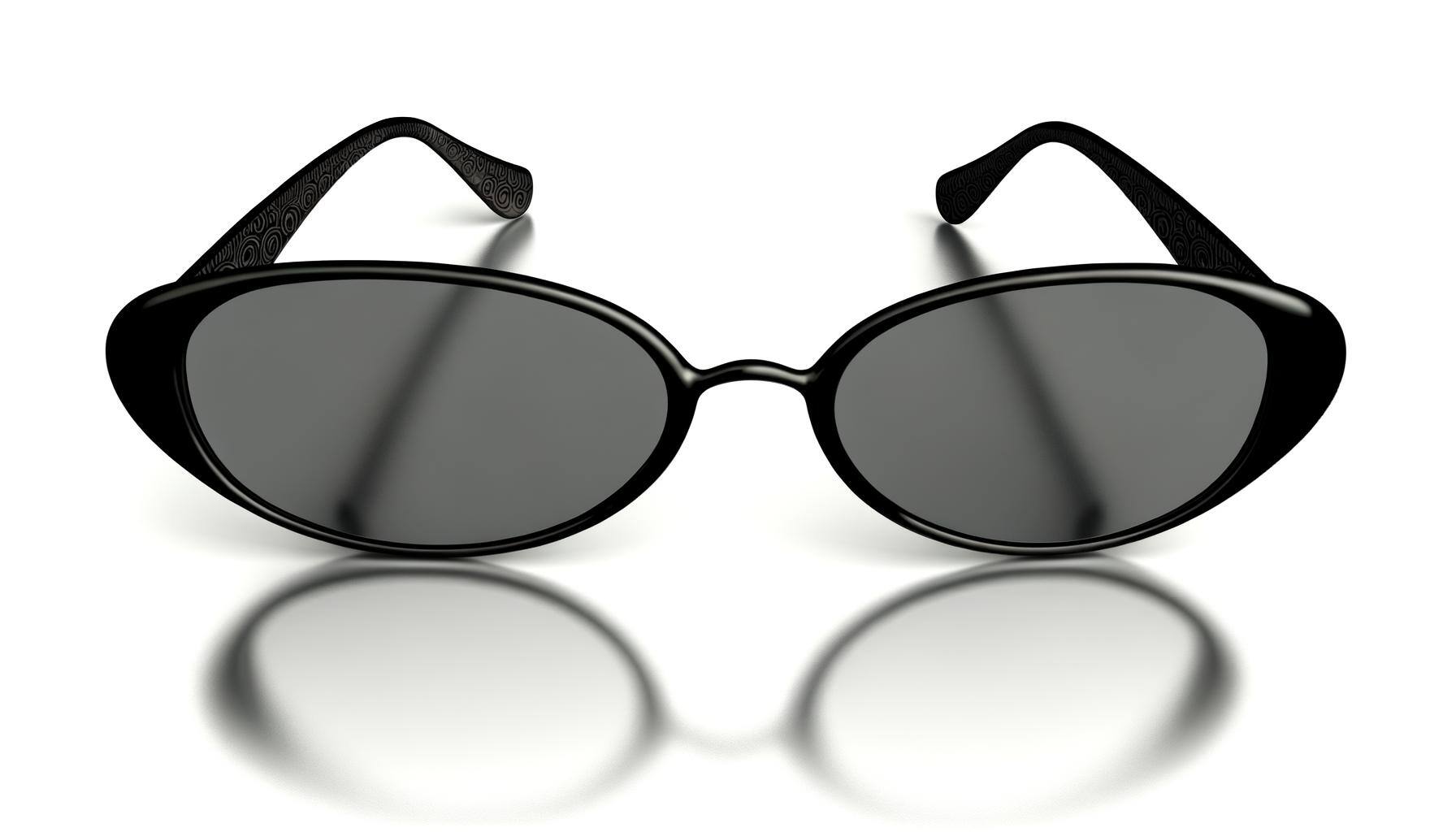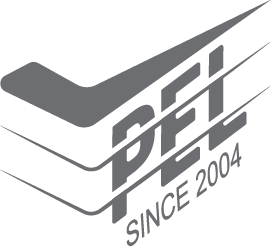Navigating the landscape of eye and face protection, ANSI standards serve as a cornerstone for eyewear safety, quality, and innovation. From the workplace to everyday life, these guidelines are important in guiding consumers and manufacturers toward choices that prioritise eye health and safety.
What are ANSI Standards?
ANSI is crucial in developing consensus standards across the United States, ensuring eyewear products meet the highest quality, safety, and efficiency levels. This role is essential in the eyewear industry, where precision and reliability can mean the difference between safeguarding and jeopardising one’s sight. By standardising the requirements for eyewear, ANSI enhances consumer and workplace safety and fosters innovation and consistency in eyewear design and functionality. These standards are instrumental in guiding manufacturers toward producing eyewear that effectively protects against various hazards.
Does my Eyewear Need to Meet ANSI Standards?
No federal law mandates that all eyewear products must meet ANSI standards. However, compliance with ANSI standards is highly regarded and often expected in safety-critical environments. For instance, the Occupational Safety and Health Administration (OSHA) mandates that workplace safety eyewear meet ANSI Z87.1 standards to ensure adequate protection against job-related hazards. Compliance with ANSI standards is not mandated by law for sunglasses and non-prescription lenses. Meeting these standards can enhance the product's quality and safety profile, making it more attractive to consumers.
Among these, the ANSI/ISEA Z87.1-2020 standard is renowned for its comprehensive approach to eye and face protection in hazardous work settings, underscoring its vital role in worker safety. The ANSI Z80.3 and ANSI Z80.31 standards extend this rigour to consumer eyewear, including sunglasses and reading glasses. By setting these benchmarks, ANSI standards for glasses provide a foundation for protecting eyesight across occupational and everyday contexts.
The Scope and Importance of ANSI Z87.1 Safety Glasses
The ANSI Z87.1-2020 standard meticulously defines the safety requirements for eye and face protection. Setting criteria for design, testing, and usage ensures that workers are shielded from hazards like impact, liquid splashes, and non-ionising radiation—common in machinery operations, welding, chemical handling, and more.
The standard's marking specifications serve as a clear indicator of compliance, aiding in selecting and maintaining protective eyewear. While addressing a broad spectrum of occupational hazards, ANSI Z87.1-2020 also clearly outlines its limits, noting exclusions such as bloodborne pathogens and high-energy radiation, ensuring focused and adequate protection in the workplace.
Understanding ANSI Z87.1-2020 Markings: What Do They Mean?

The ANSI Z87.1-2020 standard uses specific markings on eyewear to indicate compliance and the type of protection provided. These markings help users select the right protective eyewear for specific hazards encountered in the workplace. Here’s a guide to understanding what each marking means:
|
Marking |
Description |
|
Z87 |
Basic indication of compliance with the ANSI Z87.1-2020 standard. |
|
Z87-2 |
Prescription safety eyewear. |
|
H |
Enhanced coverage. |
|
Z87+ |
Certified impact protection. |
|
Z87-2+ |
Prescription eyewear with certified impact protection. |
|
O2 |
Relaxed optical level, suitable for certain professions where stringent optics are not required. |
|
W shade (e.g., W2.0, W3.0, W5.0) |
Specifies the shade level for welding filters, indicating different levels of light filtration. |
|
U scale number (e.g., U6) |
Indicates the level of UV protection provided by the lens. |
|
R scale number (e.g., R3) |
Denotes the level of infrared (IR) radiation protection. |
|
L scale number (e.g., L5) |
Marks the level of visible light filtration. |
|
V |
Variable tilt lens, adjustable for different viewing angles. |
|
S |
Special purpose lenses, designed for specific optical needs. |
|
X |
Anti-fog lenses that meet defined anti-fogging performance criteria. |
|
D3 |
Suitable for protection against splashes and droplets. |
|
D4 |
Designed to protect against dust. |
|
D5 |
Protects against fine dust. |
Understanding ANSI Z80.3 for Sunglasses and Sun Lenses
The ANSI Z80.3 standard contains many test categories to safeguard your eyes while enhancing your vision. The following table breaks down the critical aspects of the standard, helping you understand the various test categories, and some of the key aspects to pass the requirements for sunglasses and sun lenses.
|
Test Category |
Key Aspects to Pass |
|
UV Radiation Protection |
|
|
Traffic Signal Recognition |
|
|
Impact Resistance |
|
|
Flammability |
|
|
Biocompatibility |
|
|
Optical Properties |
How You Can Test for ANSI Z80.31 in Reading Glasses
ANSI Z80.31 sets rigorous specifications for over-the-counter reading glasses, emphasising the optical performance required for effective vision correction and integrating stringent safety and quality controls. Below are some major testing items within ANSI Z80.31 for glasses frames are:
|
Test Category |
How can it be tested? |
|
Dimensional Tolerances |
|
|
Resistance to Perspiration |
|
|
Structure and Resistance to Ignition |
|
The major testing items within ANSI Z80.31 for glasses lenses are:
|
Test Category |
How can it be tested? |
|
Transmittance |
|
|
Optical Power |
|
|
Resistance to Radiation |
|
Adherence to ANSI standards underscores a fundamental commitment to safety, quality, and innovation within the eyewear industry. These standards collectively enhance workplace safety, protect consumers from UV and impact hazards, and ensure that eyewear aids vision reliably and safely across various settings. By establishing rigorous benchmarks for eye and face protection, ANSI facilitates informed consumer decision-making and promotes a culture of safety and excellence among manufacturers.
Partnering with PEL provides a streamlined solution for eyewear manufacturers seeking ANSI accreditations. PEL allows your eyewear manufacturer to reach all markets through our expertise in accreditations and certifications worldwide.






.jpg)



